Color your world with cabbage and learn about chemistry! The terms acid and base describe chemical properties of many things we use everyday. An acid is a substance that donates hydrogen ions, and a base is a substance that accepts hydrogen ions. Sometimes, you can tell if something is an acid or base by the way it tastes. Acids, like vinegar, are generally sour. Bases generally taste bitter. (But heads up — some acids and bases are dangerous, so we don’t recommend tasting unknown substances!) Instead of a taste test, chemists use a pH scale to measure the strength of acids and bases. The lower the number on the pH scale, the more acidic something is. In this project, you’ll test different substances in purple cabbage juice and compare the results to a printable pH scale.
Learn More:
Purple cabbage juice is a pH indicator, or a substance that changes color when it’s mixed with an acid or base. If you add an acid to the cabbage juice, it turns pinkish red. The more red the solution is, the more acidic that substance is. But if you add a base to the cabbage juice, the solution becomes greenish. Purple cabbage isn’t the only plant with this magical, color-changing property. Beets, blueberries, and hibiscus are also pH indicators!
Connections with Next Generation Science Standards (NGSS) |
|
|---|---|
Matter and Its Interactions 5-PS1-3. Make observations and measurements to identify materials based on their properties. |
Create a pH indicator out of purple cabbage juice and learn how to identify acids and bases in everyday kitchen items. |
MATERIALS
- 2 cups chopped purple cabbage leaves
- Large bowl
- About 2-3 cups hot water
- Measuring cup
- 2 teaspoons lemon juice
- 2 teaspoons baking soda
- Permanent marker, felt-tipped
STEPS
- 1 Gather your materials.
- 2 Place the chopped cabbage in the large bowl. Cover the cabbage with the hot water (from your sink is fine!) and allow to steep for 30 minutes, until the water has turned purple.
- 3 Carefully pour the cabbage juice through a coffee filter into a measuring cup. Notice how the color of the liquid is purple. This will be the base color you will use to tell what items are acids versus bases.
- 4 Use a felt-tipped permanent marker to label your Ziploc® brand sandwich bags with the name of the materials you are going to test (ie. Baking soda and lemon juice). Then pour 3 tablespoons of the cabbage indicator liquid into the bags.
- 5 Now add three tablespoons of the lemon juice into the corresponding bag. See how the addition of the acid changes the liquid from purple to pink?
- 6 Now add three tablespoons of baking soda to the bag labeled with its name. See how the indicator changes color depending on what you use? The baking soda is a base so it turns the liquid blue.
- 7 Compare the colors of your solutions to the colors on the printable pH scale and match them to the numbers provided. How do they match up: Ask your grownup assistant to help you pick out additional items to test like dishwashing soap, vinegar, or honey? What is the most acidic or basic? Write down what you observe.
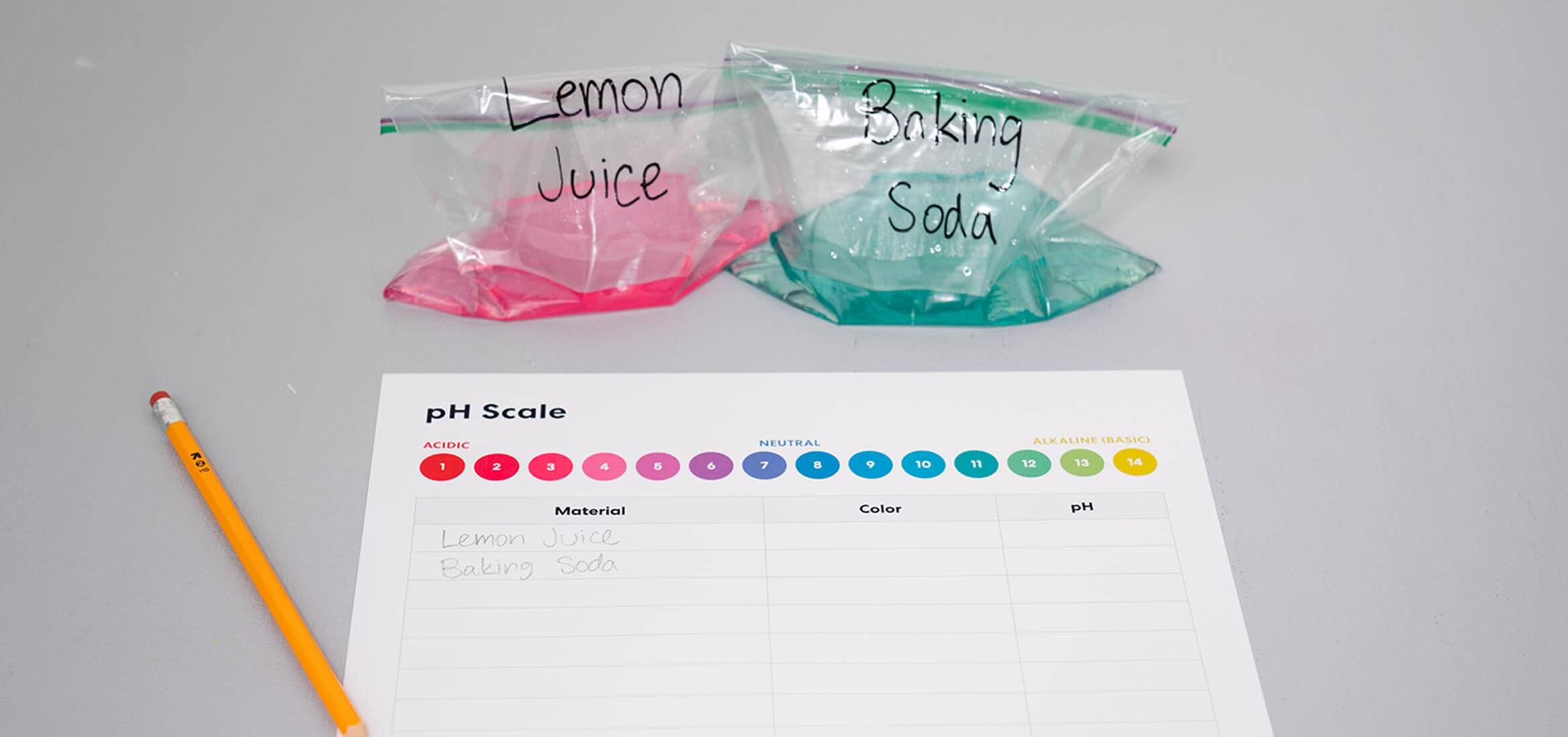

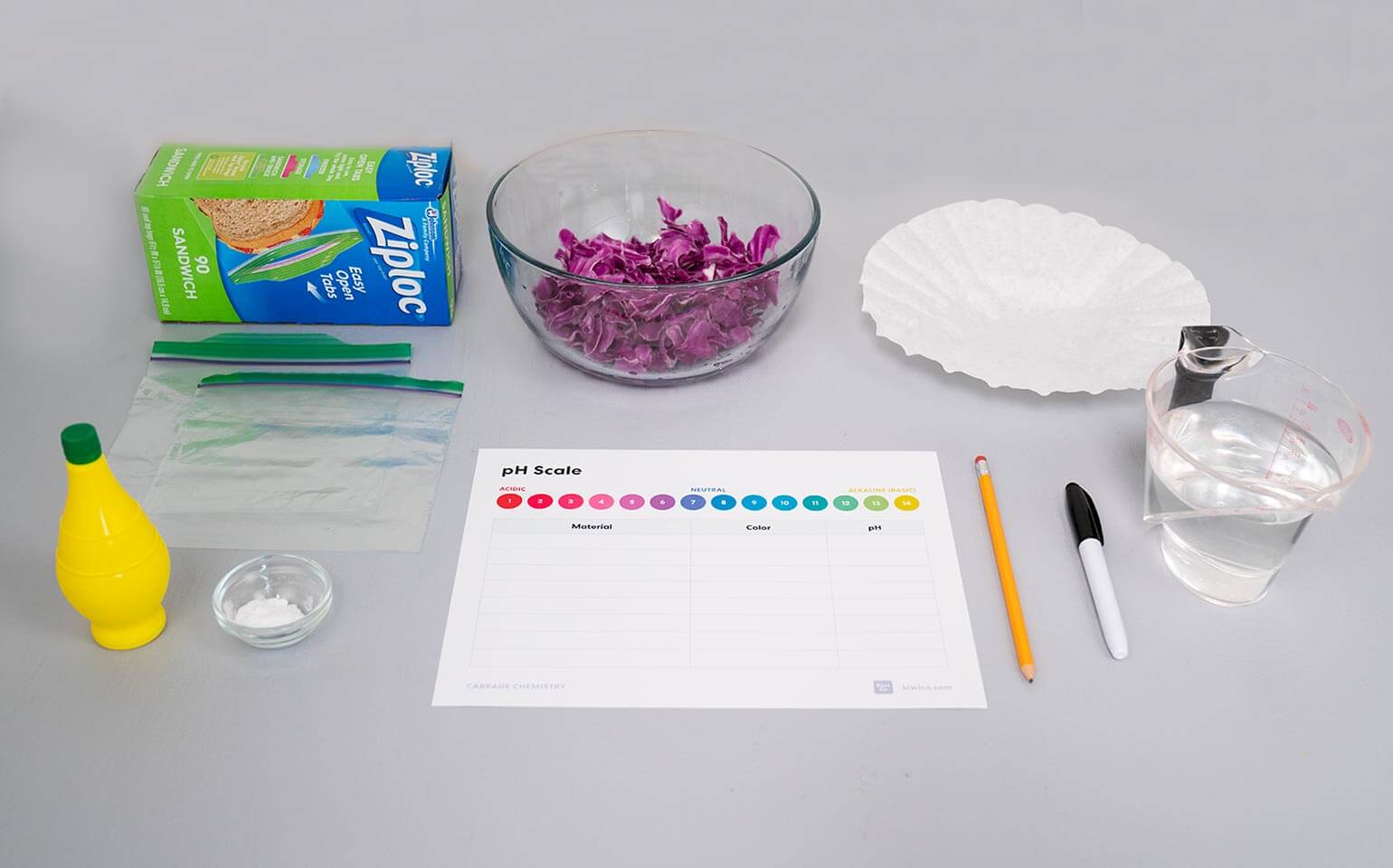
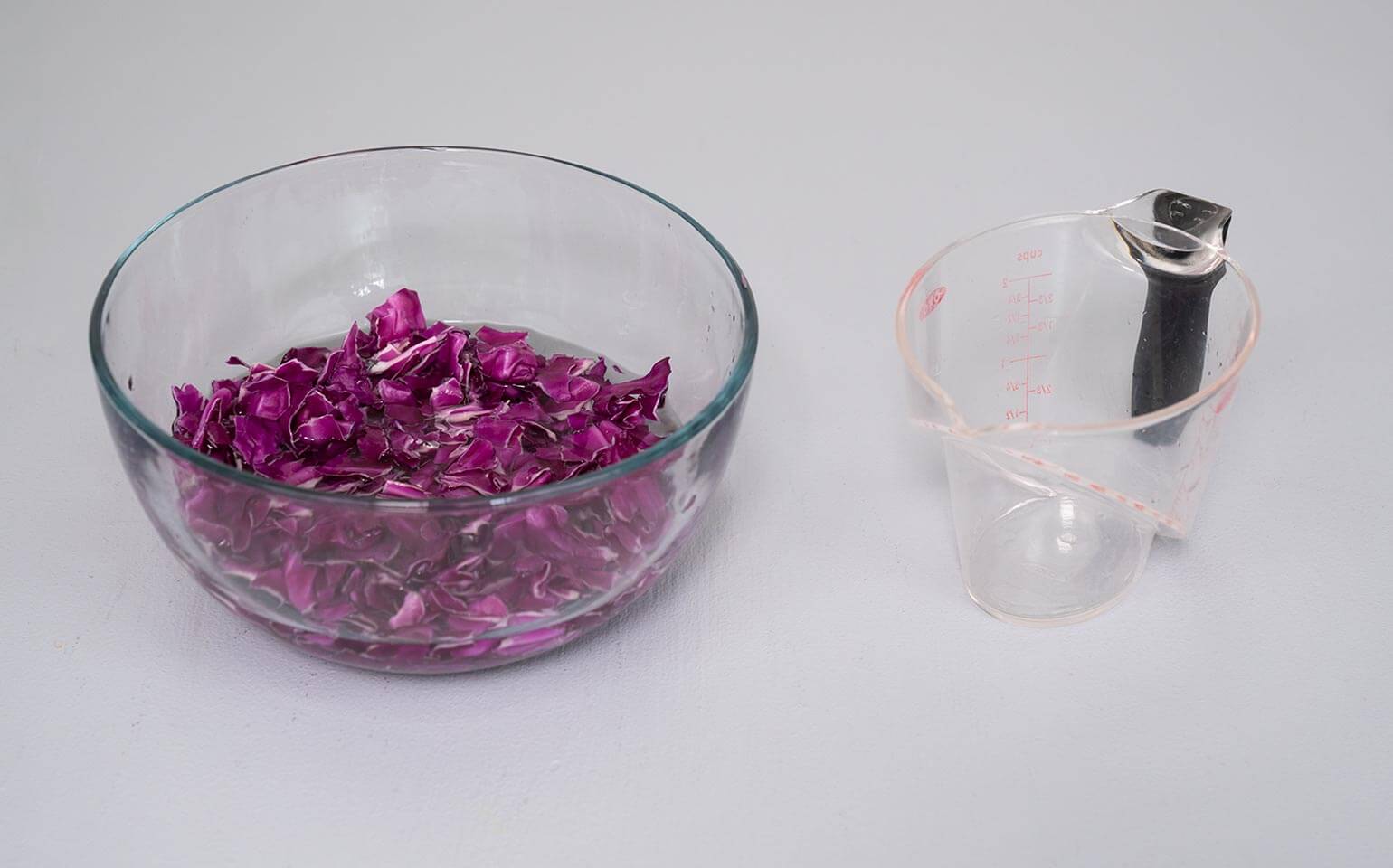
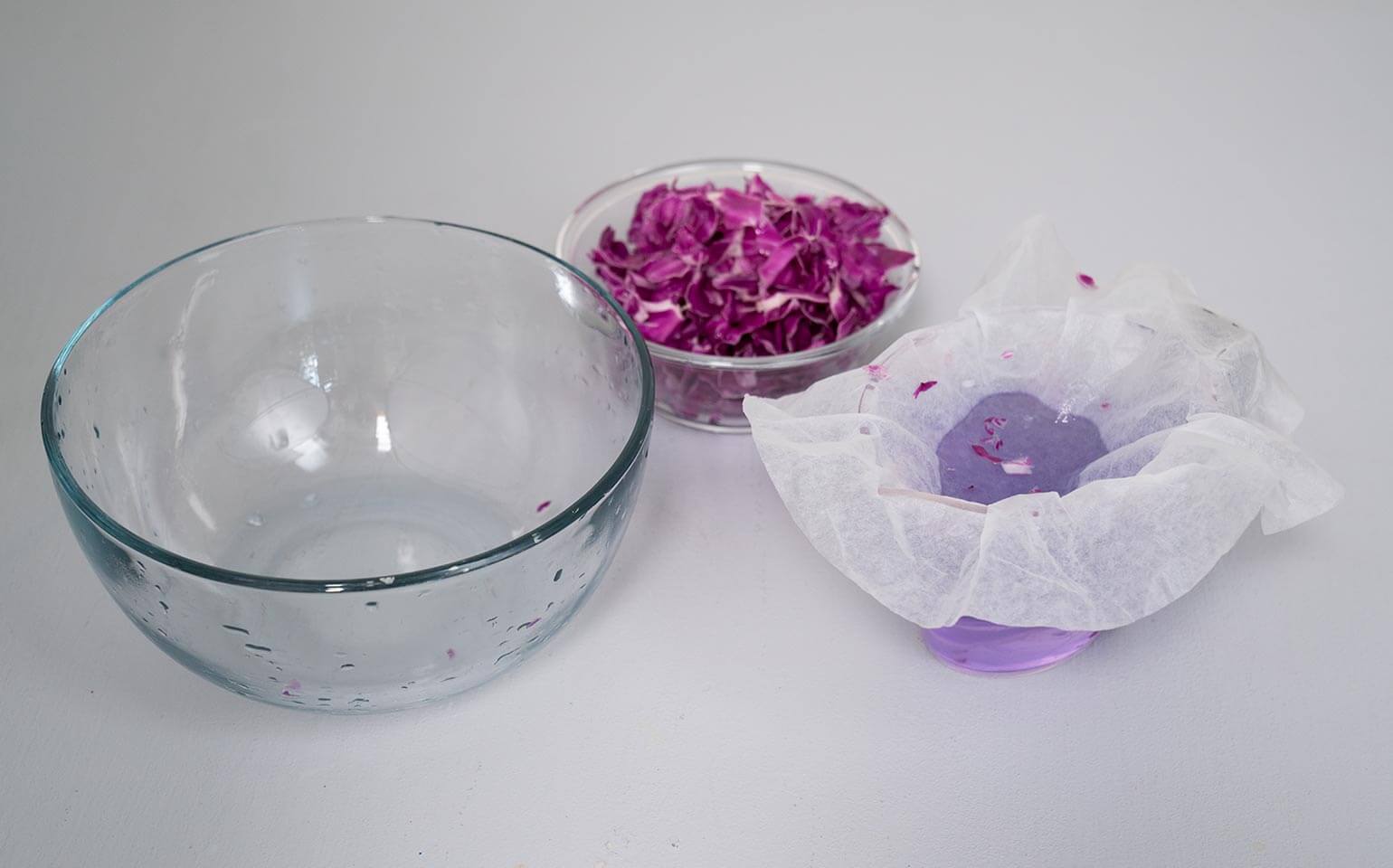
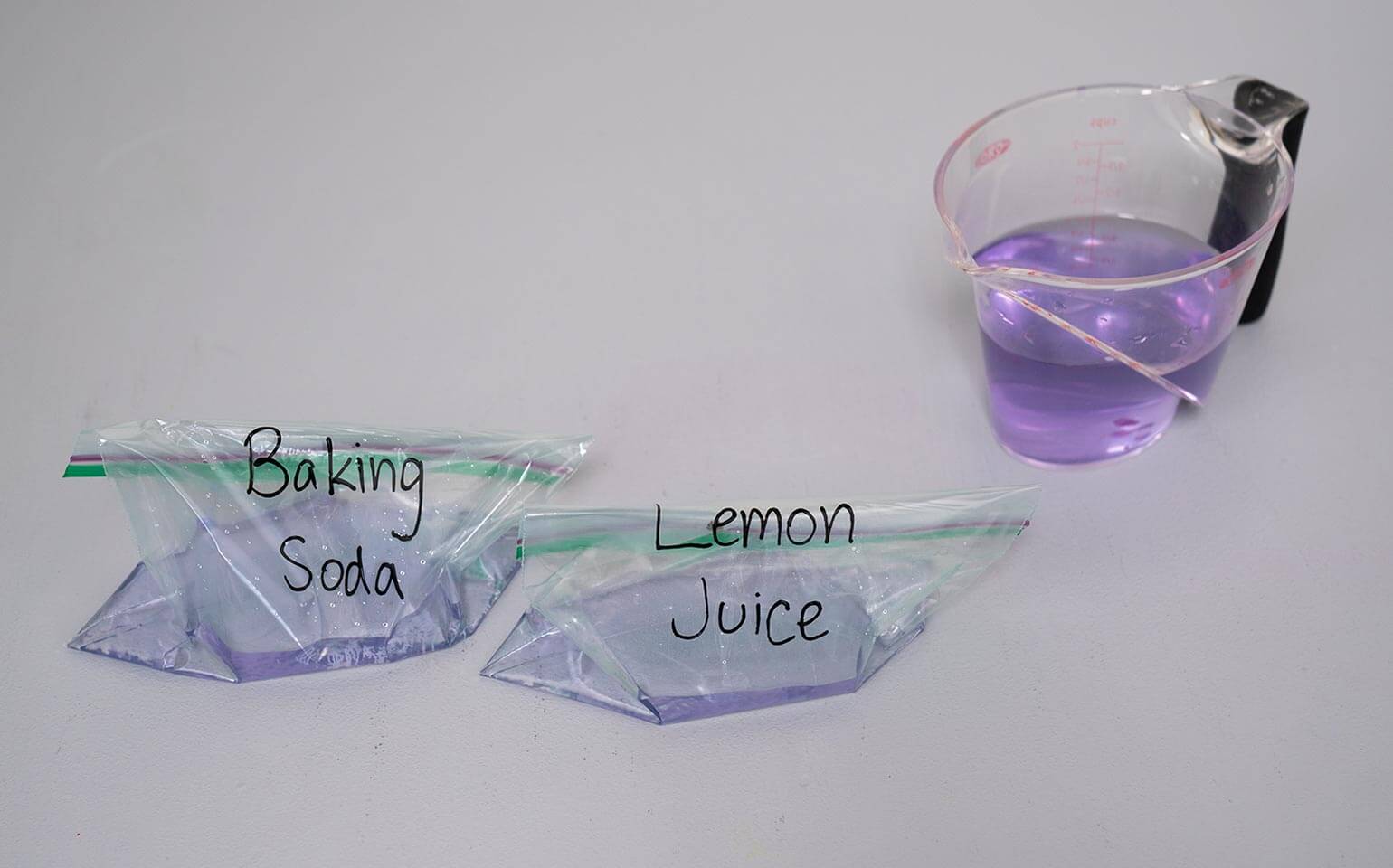
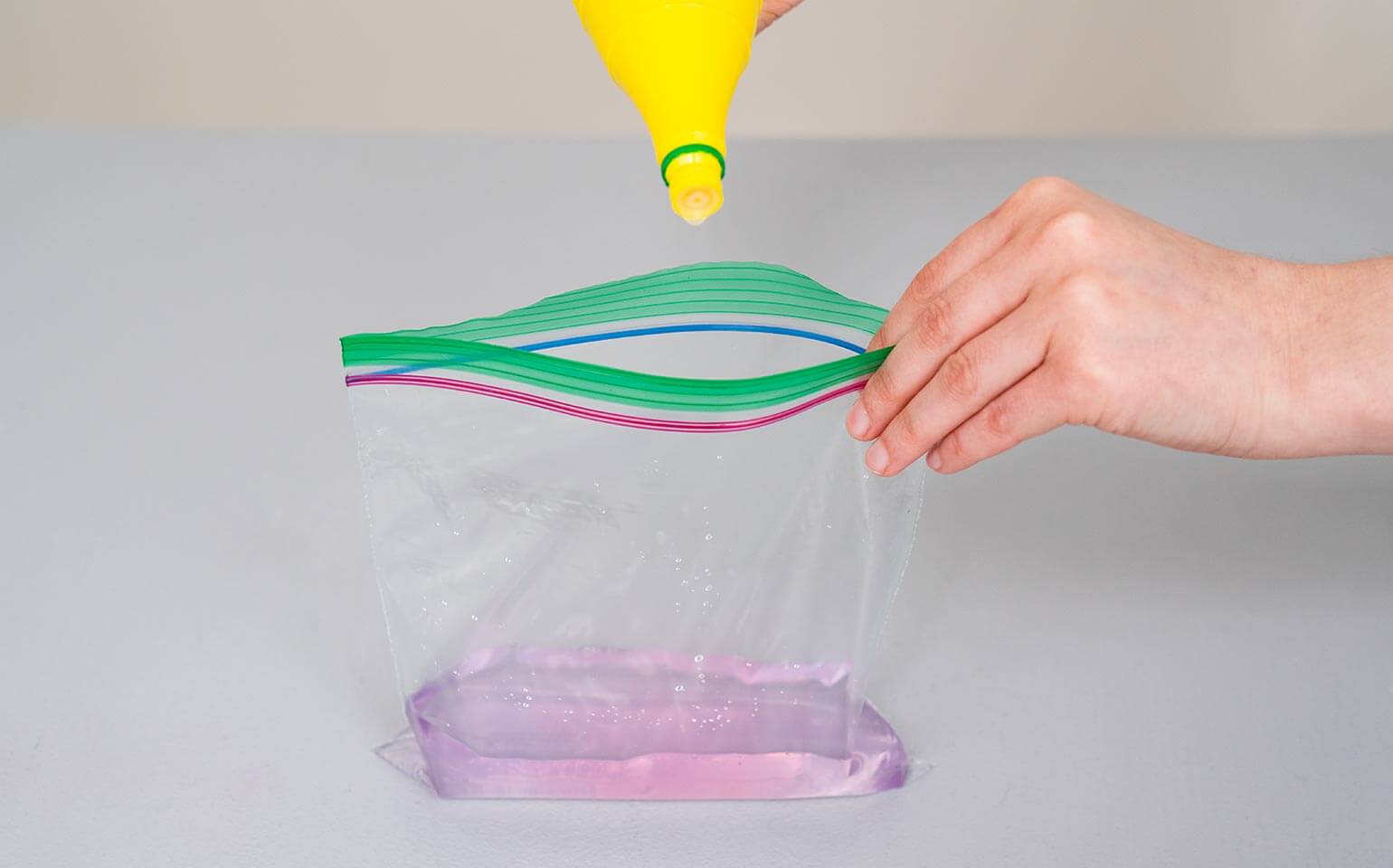
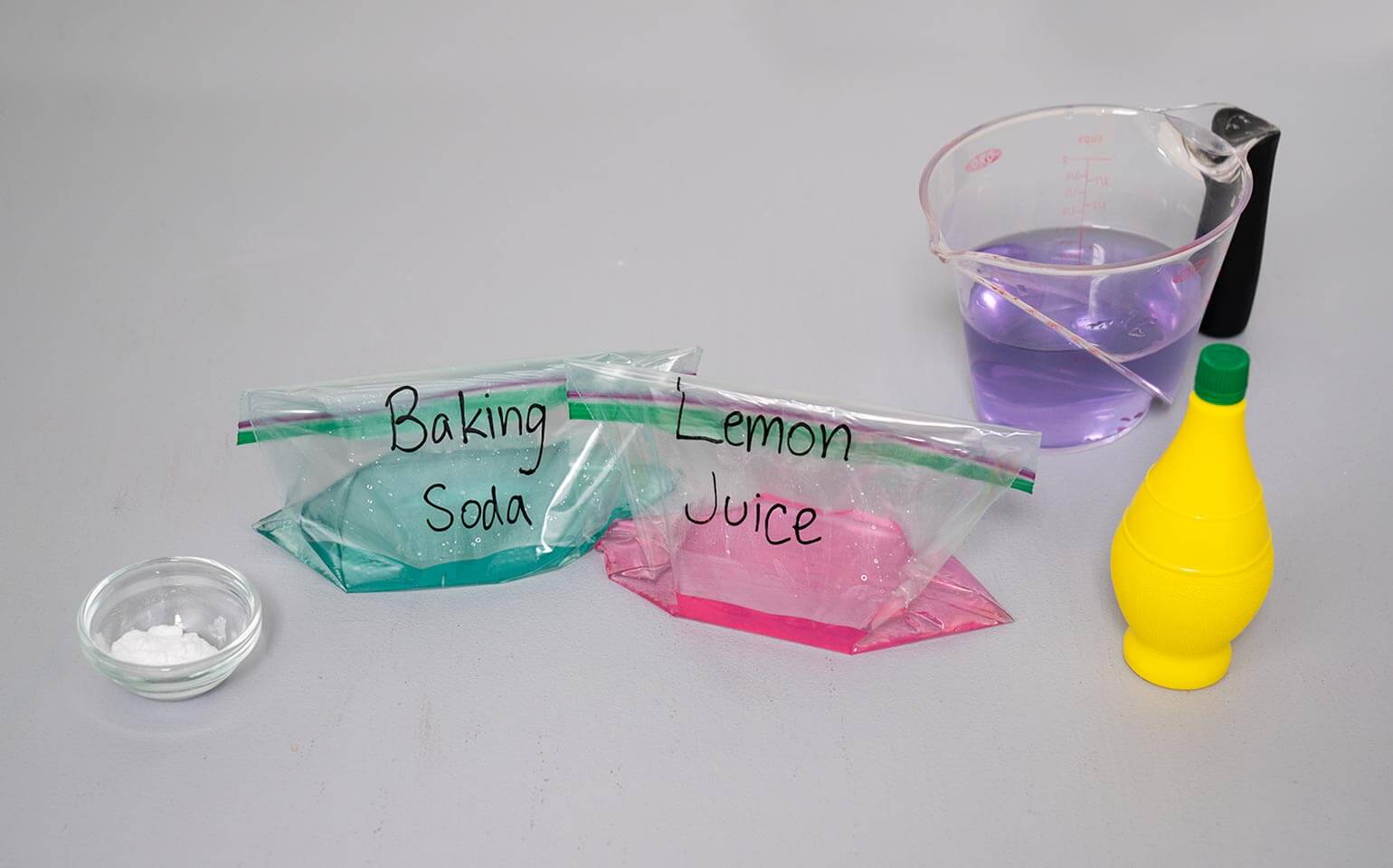
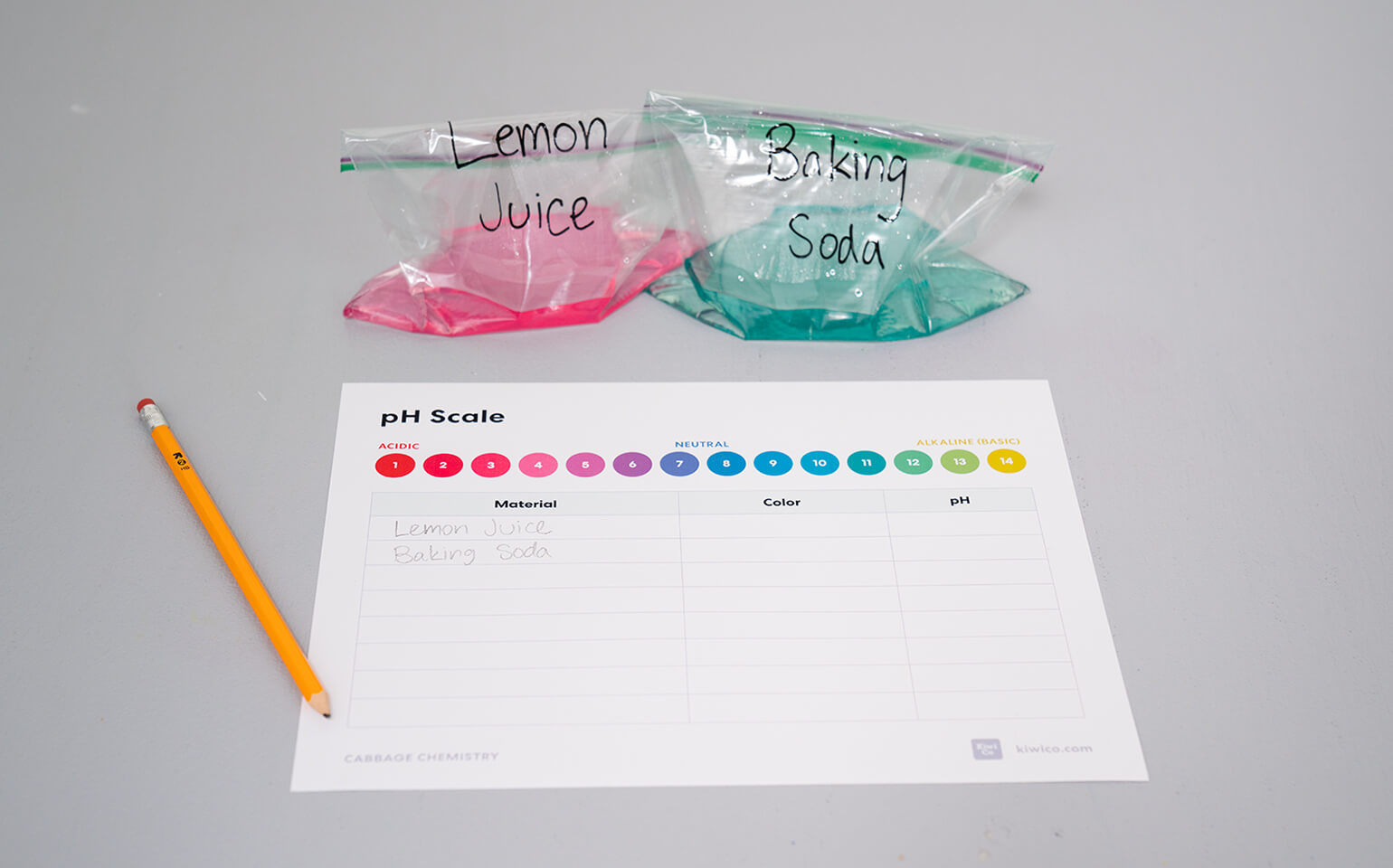
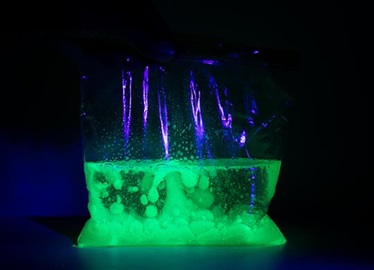
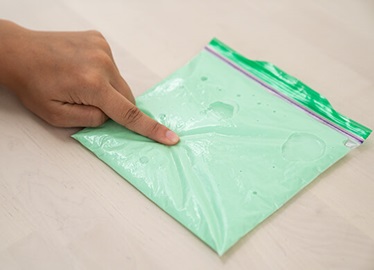
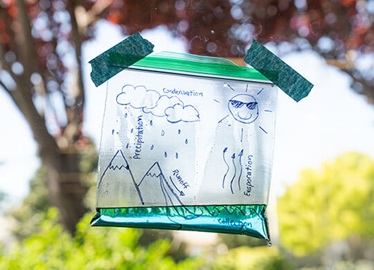
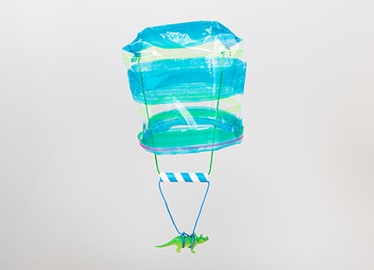
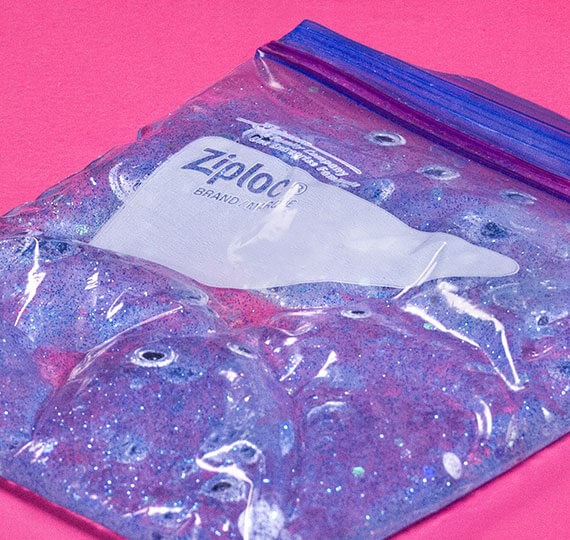
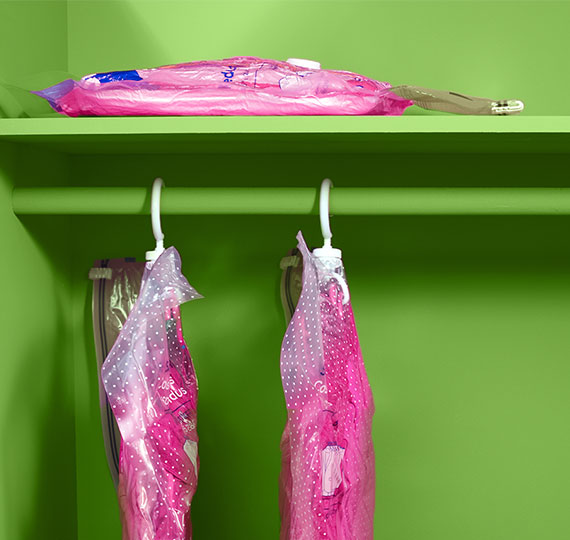
SHARE